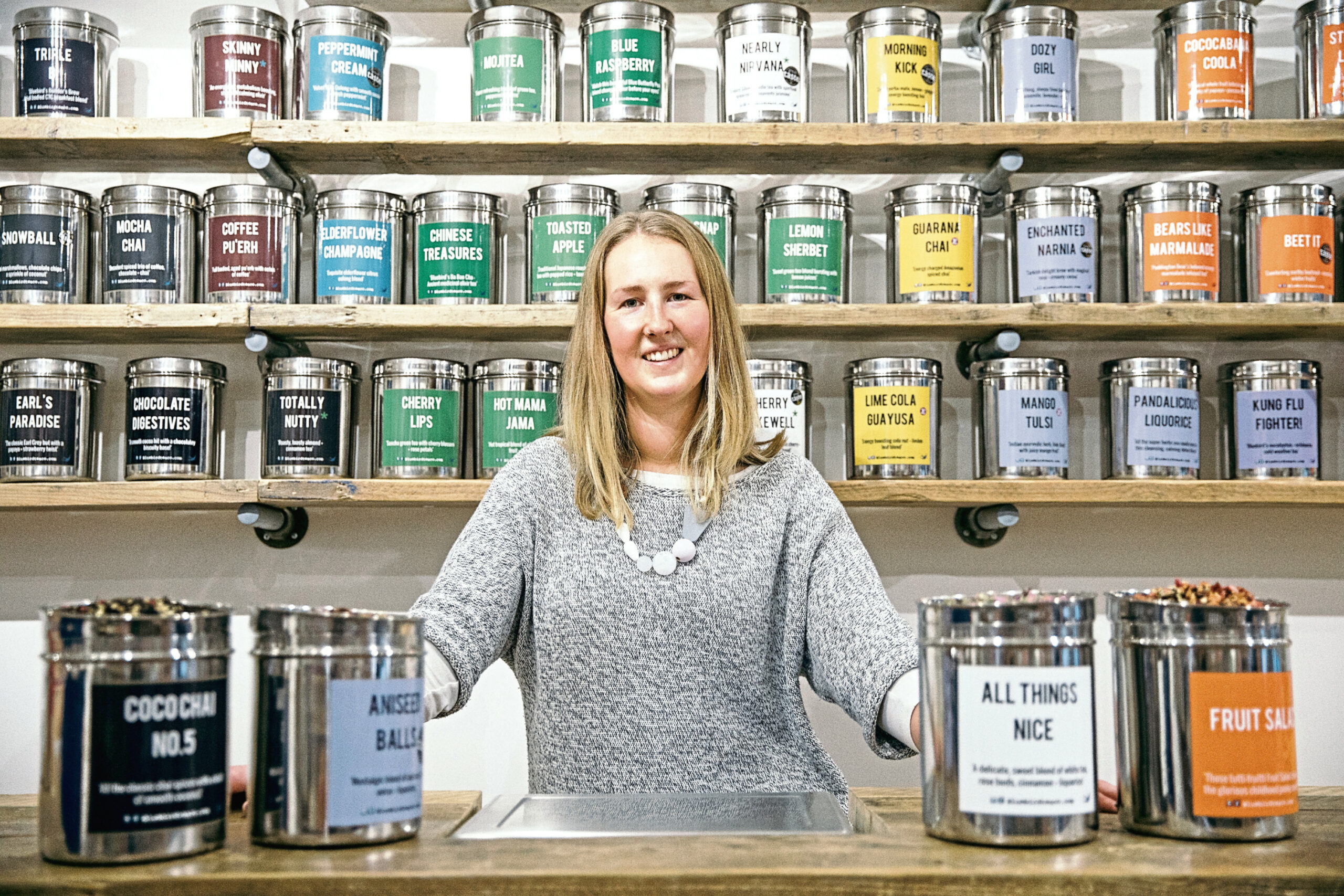
For centuries, tea has been hailed for its restorative properties, soothing the soul during hard times and bringing people together over a shared pot. In fact, tea is the second most common drink in the world, after water.
From peppermint to oolong, camomile to English breakfast, there is a tea for every occasion, something which Krisi Smith, co-founder of Bird & Blend Tea Co., believes is key to its worldwide popularity.
“The process of making a cup of tea is in itself a soothing moment – a short space in time for yourself away from the hustle and bustle of a busy day,” she explained. “That is just as important now, if not more, than it has always been.
“A cuppa is also a great way to connect with friends or family through life’s experiences – after all, a good cuppa can be a hug in a mug in a time of need.”
Although we have been drinking tea for around 350 years here in the UK, its roots date back much further. So the legend goes, the brew was born in 2737 BC when leaves from a camellia sinensis tree – still used to make tea today – blew into Chinese emperor Shen Nung’s cup of boiling water. A renowned herbalist, he decided to try the infusion, and the rest is history.
Not just enjoyable to drink, different varieties of tea also have a number of health benefits, helping ease everything from stomach aches to tiredness.
Green tea, for example, is high in polyphenols, substances with anti-inflammatory and antioxidant properties, which studies have linked to a reduced risk of developing diseases such as cancer, cardiovascular diseases, arthritis and diabetes.
What’s more, research has also found that the flavonoids and caffeine in green tea can increase our metabolism and fat oxidation, potentially helping us to lose weight.
Offering more than 100 blends of loose leaf tea to her customers, Smith has long believed in the restorative powers of tea, and recently launched a new “Tea Matching Service” to help more people discover the brilliance of blends.
Available online and in store, the tea matching quiz identifies each tea-drinker’s needs then offers bespoke suggestions for leaves that can do everything from aid relaxation to indulge a sweet tooth.
She explained: “While we are not a health brand, we recognise that there are many health benefits to drinking tea due to the many different ingredients we use in our blends.
“For example, ingredients such as valerian, chamomile and lavender are well known for their soothing and relaxing abilities, making them ideal to help calm nerves or get to sleep – our Moondrop Dreams tea is a perfect example.
“On the other hand, our Cold Weather Warrior blend contains echinacea, eucalyptus and peppermint, which all help provide our bodies with extra vitamin C, as well as natural antibacterial properties, and soothing menthol to ease sore throats.
“Oolong blends, such as our Milk Oolong Chai, will also help to soothe the stomach thanks to its metabolism-boosting, gut-calming properties.”
And it’s not just the physical properties – just taking a few moments to pop on the kettle, Smith says, can also be beneficial for your wellbeing.
She added: “Matcha, made from ground green tea leaves, needs to be whisked with water or milk in order to drink it, so preparing comes with its own therapeutic five minute ritual. It’s so calming.”
Smith, whose favourite traditional blend is their Assam House blend Earl Grey, says “tea mixology” can be inspired by everything from flavours (“Our famous Rhubarb And Custard blend tastes just like the childhood favourite sweet!”) to colours, and her tea selections can even be categorised by mood.
Just a few examples include a caffeine-free calming tea, packed with soothing herbs like turmeric and ashwagandha, a hydrating low sugar “ginger beer” blend, and the energy-boosting Guarana spiced chai.
Once you’ve found the perfect flavours, it’s time to enjoy the ritual of making a piping hot cuppa.
“First things first, select your favourite mug,” advised Smith. “Add one heaped teaspoon of loose leaf tea into an infuser, and pop this straight into your mug or use a teapot.
Next up is the freshly boiled water – if having white, green or oolong tea, use 80 degree water so you don’t burn it – poured over the infuser. Leave to brew for the desired time, usually three to four minutes depending on the blend. For a black tea I recommend at least four minutes to ensure a proper steep, but it is all down to your personal taste.”

Enjoy the convenience of having The Sunday Post delivered as a digital ePaper straight to your smartphone, tablet or computer.
Subscribe for only £5.49 a month and enjoy all the benefits of the printed paper as a digital replica.
Subscribe © SYSTEM
© SYSTEM